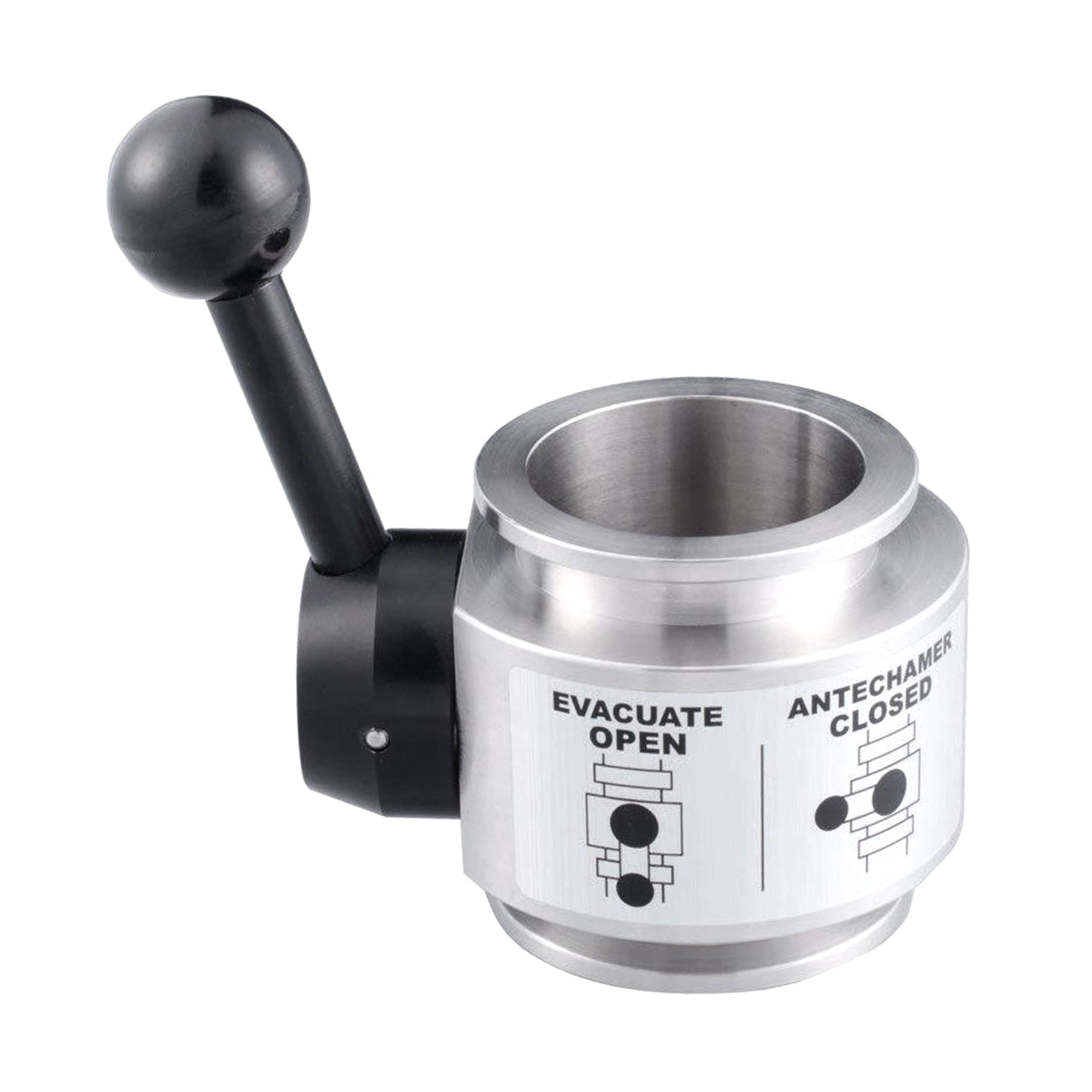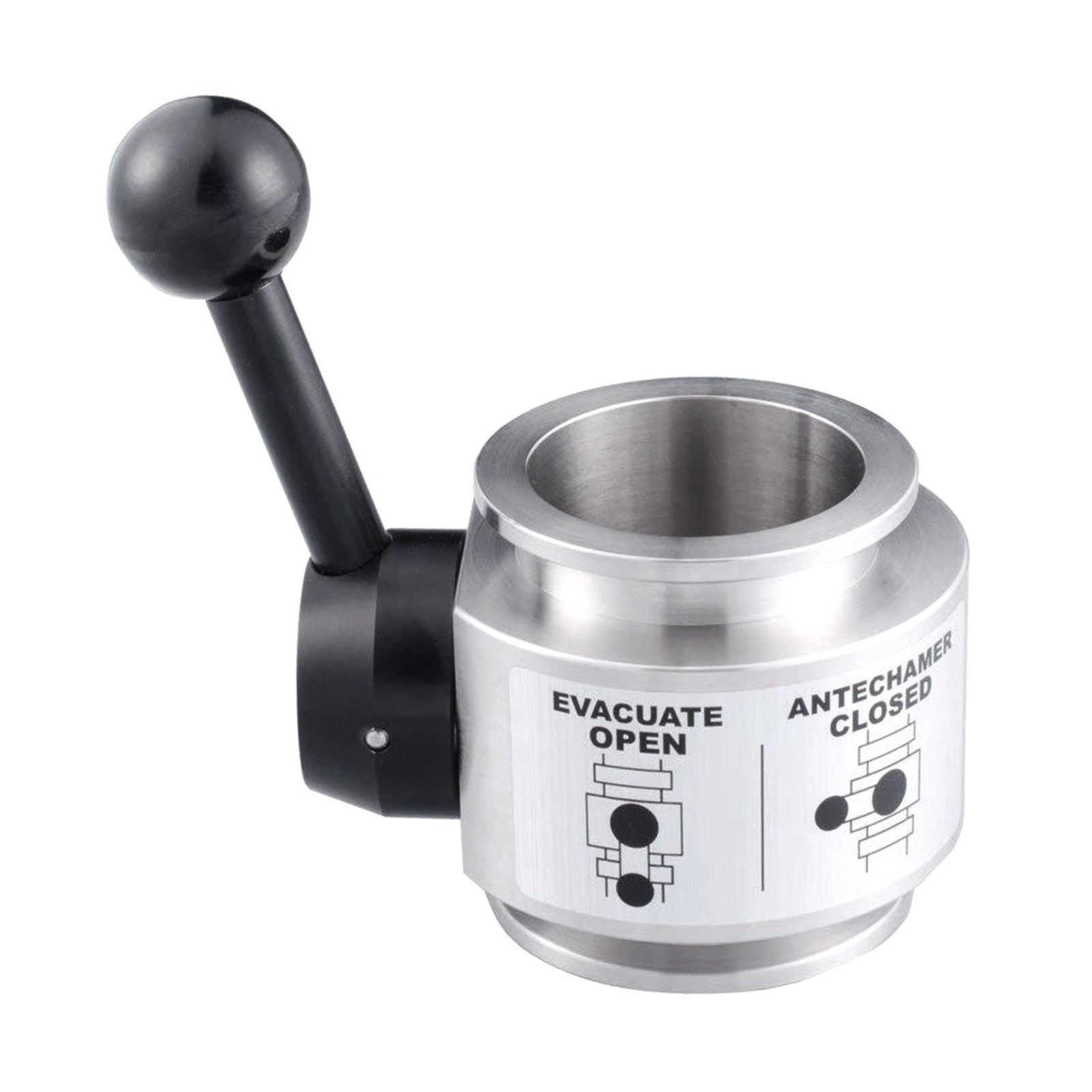
The Difference Between Electric Valve and Solenoid Valve
The solenoid valve is a solenoid valve that generates a magnetic attraction to overcome the pressure of the spring to drive the spool action after the solenoid is energized. The structure is simple and cheap, and it can only be switched; the electric valve drives the valve stem through an electric device to drive the spool to move, and the electric valve is divided into switches. Type and adjustment type. The on-off valve is a two-position work that is fully open and fully closed. The regulating valve is equipped with an electric valve positioner, and the valve is dynamically stabilized in one position through closed-loop adjustment.
The use of electric valves and solenoid valves:
Solenoid valve: used for on-off control of liquid and gas pipelines, two-position DO control. Generally used for control of small pipelines. Commonly found in DN50 and below pipelines.
Electric valve: It is used to adjust the flow of liquid and gas pipeline media by analog quantity, which is controlled by AI. Play a control role in large valves, and electric valves can also be used for two-position switch control.
Switch form of electric valve and solenoid valve:
The solenoid valve is driven by a coil and can only be opened or closed, and the action time is short when switching.
The drive of the electric valve is generally an electric device. It takes a certain amount of time to complete the opening or closing action and the analog quantity can be adjusted.
Working nature of electric valve and solenoid valve:
Solenoid valves generally have a very small flow coefficient and a very small working pressure difference. For example, the 25mm diameter solenoid valve has a much smaller flow coefficient than the 15mm diameter electric ball valve. The solenoid valve is driven by the solenoid coil, which is relatively easy to be damaged by voltage shock. Solenoid valves are quick-opening and quick-closing. They are generally used in places with small flow and low pressure, requiring high switching frequency. Solenoid valves can generally be reset after power failure.







